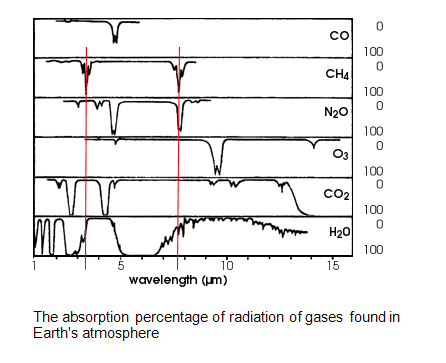Henry Mencken was an American journalist, satirist and cultural critic, who lived from 1880 to 1956. He may have been from a different era, but I find some of his observations are still entirely relevant: The whole aim of practical politics is to keep the populace alarmed (and hence clamorous to be led to safety) by menacing it with an endless series of hobgoblins, all of them imaginary.
The imaginary hobgoblin I wish to discuss here is the instruction to ‘eat less meat to save the planet’. There is a strong, well-financed, global anti-meat agenda which is constantly pushing us towards a 30% reduction in meat-eating. Some European Governments are intending to force farmers to cull large numbers of their herd in the name of the ‘Climate Emergency’. Call me old-fashioned, but I have always believed the food we choose to eat should be based on nutrition, rather than the weather. (Blaming the digestive system of cows for extreme weather sounds to me more like medieval witchcraft than science.)
‘Eat less meat’ seems so unscientific; it is advice for everybody whether you eat meat every day or once a week. It feels much more like an often-repeated nudge to slowly alter our behaviour. The ‘save the planet’ part of this slogan is surely designed to be make us feel guilty. Who would want to be the person who brought about a climate catastrophe because of their over-indulgence in animal protein?
The idea behind this is simple: cows and sheep burp methane; methane is a greenhouse gas; eating less meat will result in fewer cows and, therefore, less methane; if we eat less meat we will save the world from over-heating. This is the story being pushed upon us, but it is nonsense. Ruminant animals have been burping methane for about 50 million years without any effect on all the ice-ages and warm periods throughout that vast timescale. It is impossible for cows and sheep to add greenhouse gases to the atmosphere. They simply recycle a few of them in the Carbon Cycle. The plants they eat grew by taking carbon dioxide out of the air in the first place via photosynthesis. The methane produced by their digestive bacteria is oxidised to carbon dioxide within 10 years, ready to be absorbed by plants again. (More details here)
We are told that the methane cows burp is a very potent greenhouse gas and we must reduce it. Whenever I hear this I remind them the concentration of methane in the atmosphere is 0.00018%, which is less than 2 parts per million. When I ask them ‘at what lower concentration of methane can you guarantee colder weather’, they have no idea. (George Monbiot of the Guardian blocked me on social media for asking him that very question). Nobody ever tells us to eat less rice to save the planet, despite rice paddies producing considerable levels of methane.
Whenever we are told what to do by self-appointed experts, I always wonder who is going to benefit from the actions we are advised to take. If we all reduce our meat intake by 30% it will make absolutely no difference to the climate, but it will make a big difference. Small family farms throughout the country will be forced into bankruptcy if they lose 30% of their turnover. Then the land will be bought cheaply by large corporations, who will probably obtain taxpayer-funded subsidies to put wind farms and solar panels in the fields. Our nutritious meat will be replaced by lab-grown, ultra-processed, synthetic meat, produced by a small group of global companies. These are the people pushing the anti-meat agenda because they foresee huge profits for themselves. People like Patrick Brown, the head of Impossible Foods, which makes plant-based meat substitutes like the Impossible Burger. He has said, “I want to put the animal agriculture industry out of business. It’s that simple. The goal is not because I have any ill will toward the people who work in that industry, but because it is the most destructive industry on Earth. In their place, my company’s scientists and food technicians will create plant-based substitutes for every animal product used today in every region of the world.” Do you like the idea of a megalomaniac having total control of the world’s food supply? One man who does like that idea is Bill Gates, who is heavily invested in lab-grown fake food. He is also a huge investor in land. He has already bought huge areas of American farmland, taking it out of production.
Of course, the attack on meat, and the farmers who produce it, is not coming from just one man. It is part of the UN’s Agenda 2030. This agenda talks about cosy ideas of sustainability and biodiversity, but those words are a cover up for a global power grab, and control over our lives, by an unelected few. The farmers of Europe are protesting and blockading roads because the dictats of European bureaucracy are so stringent they are going to drive the farmers out of business. This, it appears, is precisely the purpose. If we do not support our local farmers and resist this tyranny we will all be eating insects and ultra-processed fake food form a factory before we know it.
Meat is the most nutrient-dense food we can eat and we need our local farmers to keep producing it. (More details here)




















